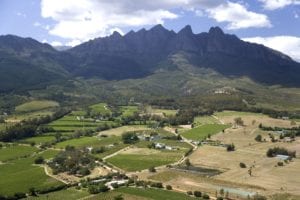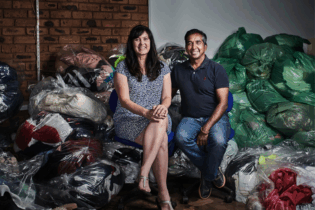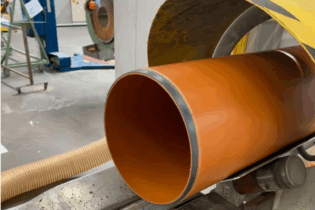Proposed facility to contain Material Recovery Facility
The municipality recently entered into a Public Private Partnership agreement with Interwaste. This partnership is aimed at “adopting an internationally proven approach of deferring the waste that would have gone to landfill into a facility that can derive value from it,” Waring explained.The municipality said the proposed project has recognised municipal waste as a potential resource, instead of a liability – one that can be beneficially recovered.
“This forms the basis of the Material Recovery Facility (MRF) which will be the first operation of the proposed facility focused on separating the recyclable waste fraction from the non-recyclables,” Waring said. She explained that the primary input for the MRF is the portion of municipal waste, including paper, glass, metal, and plastic, that normally adds to the overly burdened Wellington landfill site. The municipality said the recoverable materials stream which provides valuable business for local recycling and waste management entities will not be impacted at all by the project as it is not part of the collected municipal waste stream. “An attempt to separate waste at the source in order to contribute to the efficiency of the MRF will look at the continued PPP roll out of the recycling system, which will in turn create employment opportunities and jobs for local entrepreneurs,” Leon Grobbelaar, director of facilities management at Interwaste said. Currently, these materials are mixed with the domestic waste collected by the municipality and are in no way recovered, and the introduction of the new facility plans to maximise on this.








